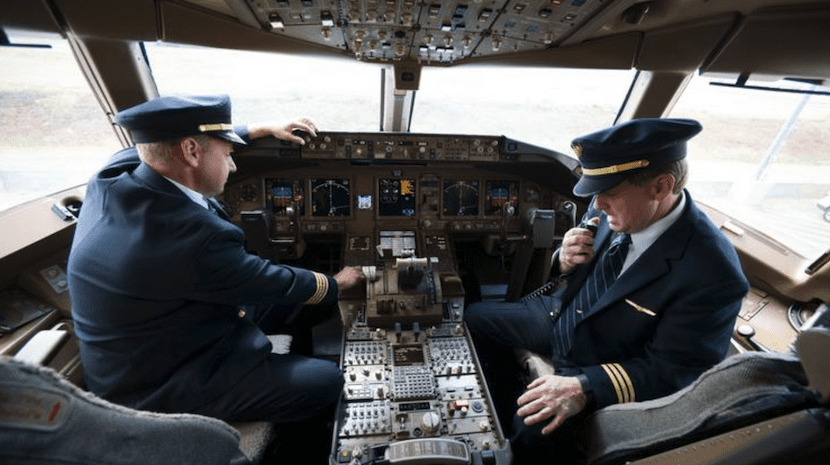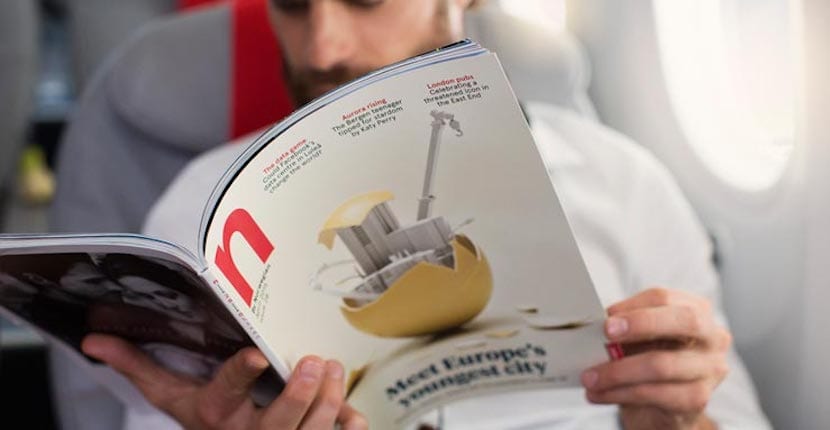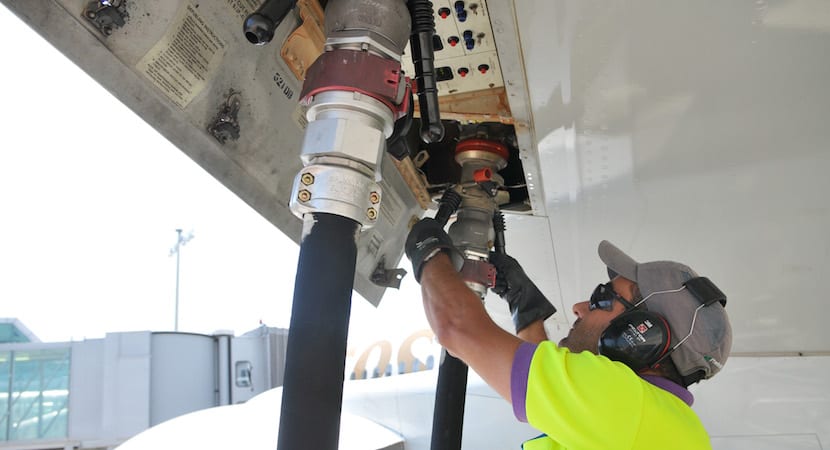
The small changes that airlines make to try to reduce with only fuel consumption but also the costs of each flight, seen individually, seem to make no sense, but if we extrapolate them to all the planes that the company has and the number of flights they operate per year, these small changes can lead to significant fuel savings.
In 1987 American Airlines decided remove an olive from all menus of flights that operated daily, a reduction that saved the company $ 40.000 per year. 20 years later, the same company, in its effort to reduce the weight of its aircraft, changed all the trolleys for drinks and food for lighter ones with which they saved 200 kg of weight on each flight.

The last company that is trying to reduce the weight of its aircraft, and at the moment it seems that it is quite successful, is United Airlines, an airline that you have changed the paper you use to print your magazines which is included in all flights and for all passengers, reducing its weight by 3 grams. But as I mentioned at the beginning of this article, we have to extrapolate these data to the entire fleet of the company's aircraft.
According to the Los Angeles Times, thanks to the lighter paper that the airline now uses, they have managed to reduce the weight of their planes, which translates into a savings of $ 640.000 in fuel per year, which saves $ 290.000. As we can read in the Los Angeles Times, the company operates about 4.500 flights a day around the world, divided among the different models of aircraft that have a passenger capacity ranging from 50 to 366. The same company, last year stopped selling duty-free products on the plane, saving just over $ 2,3 million on fuel.

Years ago, low-cost companies, to try to reduce the consumption of their aircraft as much as possible, use the dangerous tactic of loading the fuel needed to reach your destinationIn this way, when declaring that they were going with low fuel, they always had preference when landing at the destination airport, something that obviously uncovered the anger of the pilots of other companies. In this way they avoided having to launch the warning may Day, an emergency signal that gives them full priority to land but that entails an investigation to find out what was the object of that alert signal.
Fortunately, for some time now, the regulatory authorities force all companies to load their tanks with the necessary fuel to not only reach their destination, but also also being able to travel to the alternative airport, in case the source is not operational due to weather conditions or any other circumstance.